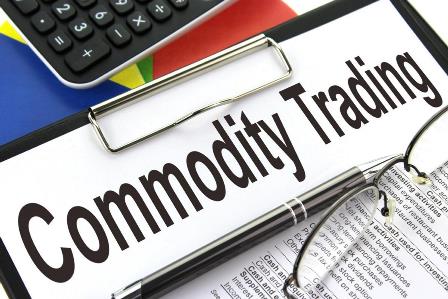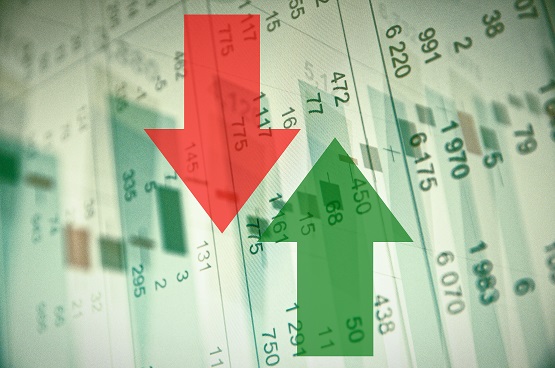The global zinc and lead markets in 2025 are navigating a complex landscape shaped by shifting industrial demand, evolving supply chains, and macroeconomic uncertainties. Both metals are essential to the infrastructure, automotive, and energy sectors, making their market dynamics critical to global economic health.
Global Demand and Supply
According to the International Lead and Zinc Study Group (ILZSG), global demand for refined zinc is projected to rise by 1% in 2025, reaching 13.64 million tonnes. This modest growth follows a decline in 2024, reflecting a cautious recovery in industrial activity.
On the supply side, zinc mine production is expected to increase by 4.3% to 12.43 million tonnes, driven by new capacity in Australia, China, Mexico, and the Democratic Republic of Congo. Refined zinc output is also set to rise, leading to a forecasted surplus of 93,000 tonnes.
For lead, global demand is anticipated to grow by 1.5% to 13.19 million tonnes, while mine production is forecast to increase by 2.3% to 4.62 million tonnes. Refined lead output is expected to reach 13.27 million tonnes, resulting in a surplus of 82,000 tonnes.
These surpluses suggest a softening of price pressures, although regional dynamics may still cause volatility.
China: A Pivotal Player
China remains the dominant force in both zinc and lead markets. In 2025, Chinese demand for refined zinc is expected to grow by 0.9%, recovering from a 1.9% decline in 2024. This rebound is supported by government stimulus measures, a recovering property sector, and increased infrastructure spending.
Similarly, lead demand in China is forecast to rise by 0.9%, reflecting stabilization in battery production and automotive sectors.
On the supply side, China continues to expand its mining and refining capacities. It is a key contributor to the global increase in both zinc and lead production, helping to offset declines in other regions. However, environmental regulations and energy constraints may limit further expansion.
LME Price Performance
The London Metal Exchange (LME) has seen mixed performance for zinc and lead in 2025. Zinc prices have remained relatively stable, buoyed by expectations of demand recovery and constrained supply growth. However, the anticipated surplus has capped significant upward momentum. Lead prices have shown similar trends, with modest gains reflecting balanced fundamentals.
However, both metals are influenced by broader macroeconomic factors, including the weakness of the US dollar, interest rate policies, and geopolitical tensions. The inverse relationship with the Dollar Index has been particularly evident, with price movements closely tracking currency fluctuations.
Correcting U.S. Dollar and Its Impact on Base Metals Prices in 2025
The U.S. dollar has entered a significant correction phase in 2025, with the Dollar Index falling over 10.8% in the first half of the year—its steepest decline since the 1970s.
Traditionally, a weaker dollar boosts base metal prices, as commodities priced in dollars become cheaper for holders of other currencies. However, the current market response has been more nuanced,
indicating that supply-demand fundamentals and macroeconomic factors are exerting stronger influence than currency movements alone.
Looking ahead, the zinc and lead markets in 2025 are characterized by cautious optimism. While global surpluses may temper price spikes, performance of the US dollar, and regional demand—especially from China—will play a crucial role in shaping market dynamics. Investors and industry stakeholders should closely monitor policy shifts, supply chain developments, and macroeconomic indicators to navigate this evolving landscape.
First published in Economic Times








